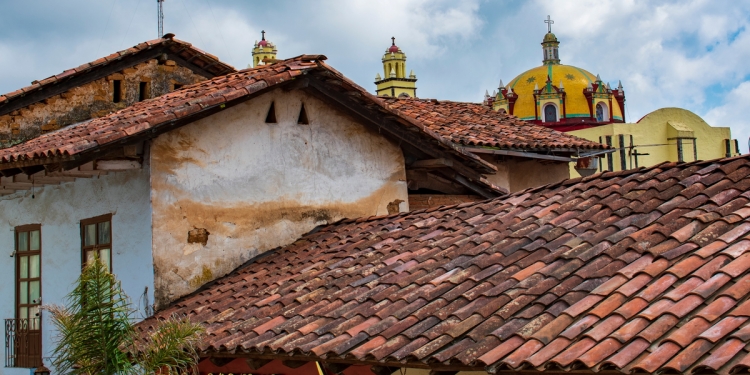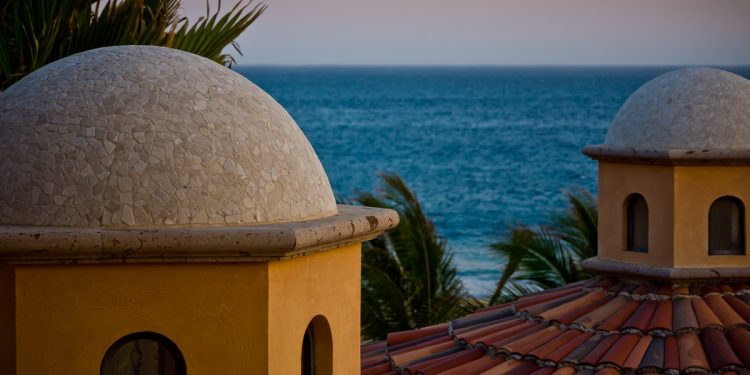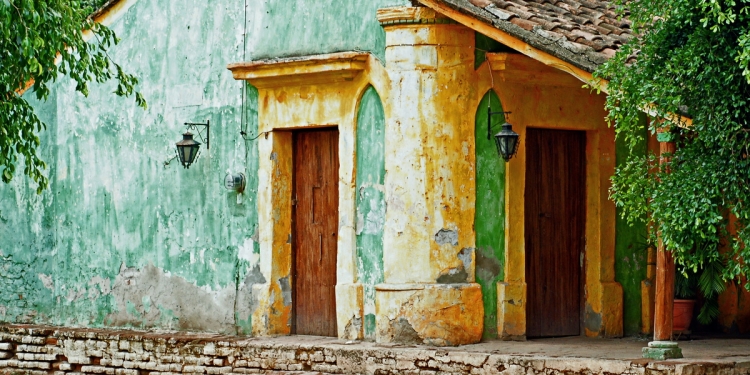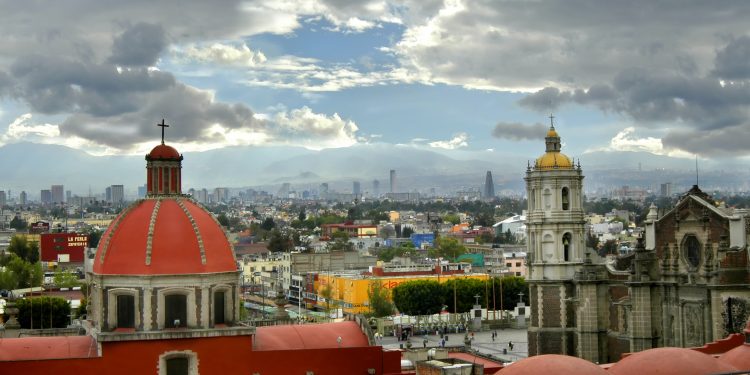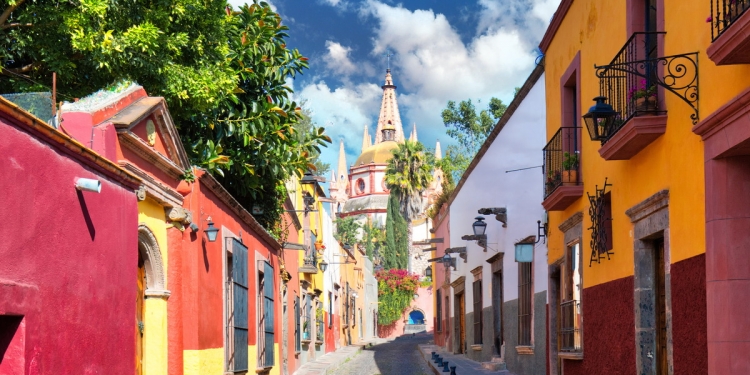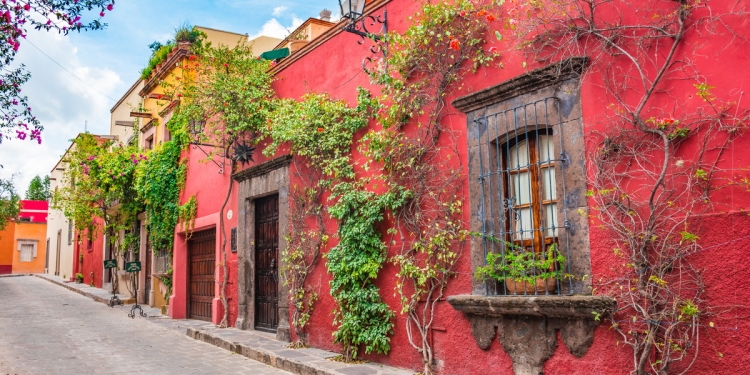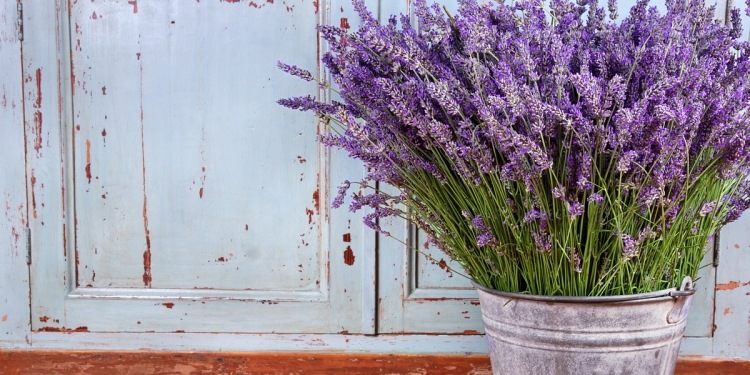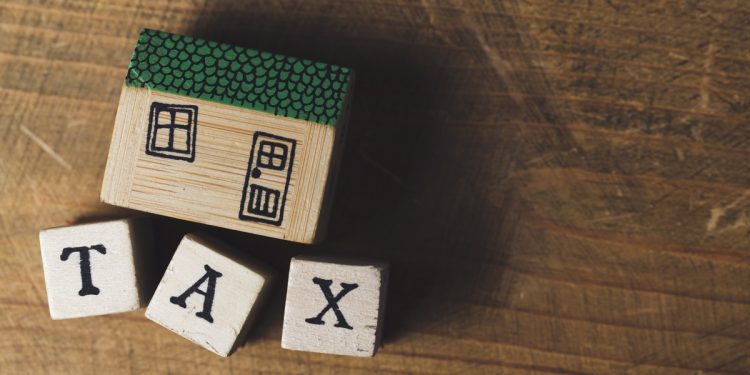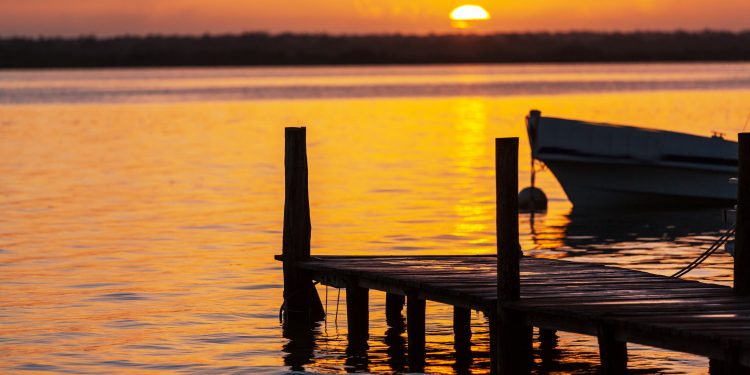Buying an old (or older) home in Mexico can offer certain charms and advantages, although it’s wise to take a step back and consider how these houses came to be as they are—and the lessons they can teach to those who intend to buy and breathe new life into them.
Mexico’s provinces, especially those colonial towns and cities that are within an easy drive of Mexico City, are well stocked with aging homes, many of which were constructed between the early 1950s and late 1970s—although some also date back to the colonial era. They stand today in silent witness to eras long past and their owners (or heirs) remain custodians of these properties, responsible for their upkeep.
The idyllic countryside home in Mexico
These homes —typically country-style houses with attractive and colorful landscaped gardens, a swimming pool, and a terrace to while away long evening conversations with friends and family— often served as second homes owned by those holding significant professional, government, or corporate appointments, or by families with wealth bequeathed through generations.
These second homes would typically remain vacant save for the gardener and housekeeper taking care of routine upkeep until the owners and their family and friends descended upon the property at weekends and during holidays as a form of ritualistic retreat into the Mexican countryside.
The colorful gardens, the charming views, the refreshing pool, the invigorating morning air, and the laidback feel of the Mexican countryside extended a helpful escape from urban routines, and provided open spaces for children, their siblings and friends to play and etch some additional memories into the journey of their childhood.
Shifting sands across the generations
Forty or more years later, the lives and situations of the owners and their children (or grandchildren) are often far removed from the memories that echo in the rooms and gardens of these old properties.
Some owners move from the city to their country home when they retire, or when a spouse dies. Those with generous pensions may live out the remainder of their days in the countryside with family visiting at weekends and holidays; whereas others with less cash to throw around tend to rent rooms or bungalows on the property to help with the expenses of managing a large country home.
Some owners have turned to online marketplaces like Airbnb to rent out these old houses, although many discover that doing this imposes significant demands that are not readily apparent to novice proprietors, and they might decide after some experience in this market that the effort required to deal with tenants —along with a whole raft of special challenges that come with renting out older houses— is not worth the net income derived from embarking on the endeavor.
The demands of owning older houses in Mexico
Anyone who owns or occupies a country house with a large garden and a swimming pool knows that these require constant attendance and structures that remain empty or unoccupied for extended periods often decay in haste, however keen the hired housekeeper or gardener might (or might not) be.
In situations where the original owners have died, the estate usually passes into hands of the children, who now assume title and responsibility for the spaces where they once played unburdened by the weights of adulthood and property management.
They begin to discover that houses which might be listed for sale at online listing portals for several million pesos can call for hundreds of thousands of pesos in ready cash every year to upkeep.
These aging properties with their extensive gardens, pools, and outbuildings tend to hold less interest in the everyday lives of the original owners’ children and grandchildren usually because the offspring have neither the free time nor the economic means to inhabit them as they and their parents did during the era of their childhood.
Priorities shift in unforeseen ways and negotiating use of the space with siblings (and their own families), as well as arguments over the running costs and stewardship of the property adds to the complexity of holding title.
Quandaries can emerge for the present owners of these aged homes, for example:
- for some, it’s emotionally difficult to sell and accept the passing of one’s life time;
- disagreement about what to do with the property may exist between family members;
- legal documents might not be in good shape after parents die, making a sale more complex;
- arguments may ensue about the distribution of costs for essential upkeep; and
- heirs might not agree on the price to sell at, or whether to sell at all, nor how to share occupation of the property in the meantime.
And thus, homes which were joyful retreats of weekend cheer and a place to while away school holidays might now lay mostly unoccupied, echoing with memories and ghosts of a lifestyle passed, and an era long departed.
These situations serve as reminders that properties, in kind with their owners, pass through cycles and that the habits and spoils of one generation are not promised to another.
Buying older properties in Mexico
For potential buyers, some of these properties offer attractive plots of land with mature trees and fine views—but buyer beware, there are more than just ghosts and memories lurking in the walls and foundations of older properties.
Experienced buyers shopping for an older home know that they’ll need to make a capital outlay over and above the agreed sale price to make repairs and bring structures and interiors up to date. They’re also mindful that the attention required to maintain and secure the property doesn’t go away, even after a refit.
The negotiated price ought to reflect the investment that will be required to restore the property’s structures if these have fallen into decay, with additional provision added for contingencies. Potential owners ought also to reflect on their own situation and intentions regarding the property and its location, considering their life stage, as well as current and future needs.
Some people argue that buying vacant land and building a home on it using new materials, the latest construction techniques, and applying modern building standards to one’s own design is preferable to taking ownership of an older home. By the same token, older homes have stood the test of time; tend to be situated in established neighborhoods with ready access to local services and amenities, can occupy exceptional plots of land that may be difficult to find elsewhere, and have mature gardens with trees and other plants that may otherwise take many years to grow and flourish on newly developed land.
When purchasing an older home, especially where several heirs may share ownership, additional patience and flexibility will probably be needed as the decision-making process to sell is inevitably met by objections and discussions internally—deliberations which buyers tend to be oblivious about, and are often the core reason why a seller doesn’t immediately accept a full asking-price offer. If one heir has a strong character and can steer the family into a constructive decision, this can help to expedite the transfer of the property to the buyer.
The cycle doesn’t stop with your purchase
As new buyers take possession of their provincial retreat, they begin to breathe new life into the spaces—remodeling, redecorating, and planting fresh flowers and saplings that will grow along with a new generation of people who muster and dwell together in these spaces.
Wise owners will make suitable provision for the asset without delay and take into consideration the changing cycles that touch all our lives, regardless of circumstance. Being cognizant of this —especially if your heirs are or might be abroad— helps to consider the effects of the passage of time beyond one’s own.
Making appropriate provision and leaving instruction to others in matters of passing the torches you carried from one generation to another is part-and-parcel of responsible land and property custodianship in Mexico.
Learn more about property management in Mexico
Mexperience publishes a range of free eBook guides about property and real estate in Mexico:
- Changing cycles of neighborhoods in Mexico City
- Charms and compromises of countryside living in Mexico
- Key factors to consider as you plan your lifestyle in Mexico
- Learn about home maintenance and security in Mexico
- View the latest articles about real estate in Mexico
- Comprehensive guides to buying and selling real estate and renting property in Mexico
Mexico in your inbox
Our free newsletter about Mexico brings you a monthly round-up of recently published stories and opportunities, as well as gems from our archives.

